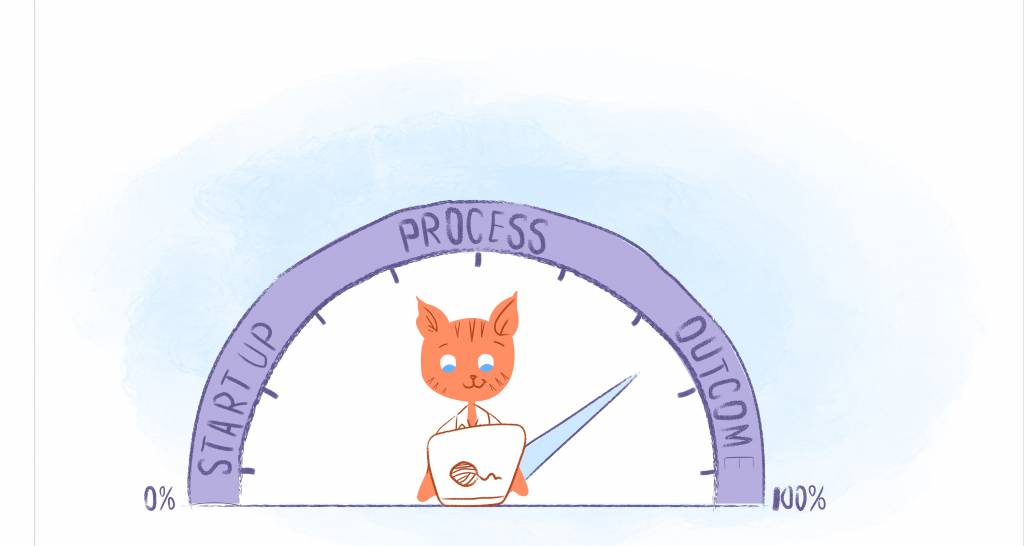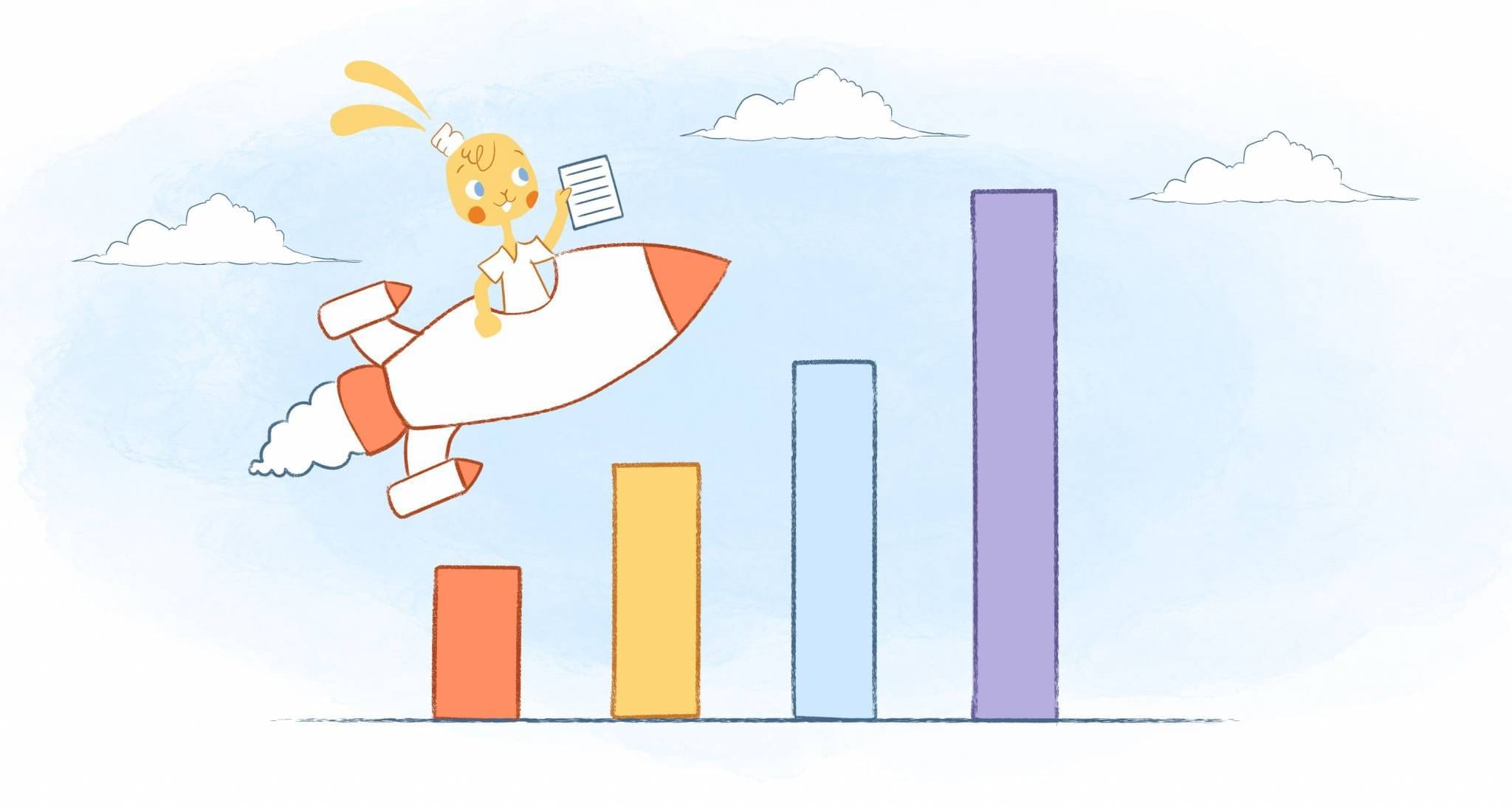

Today we’re going to learn a few ways you can work smarter. At some point you’ve heard the saying “work smarter…not harder.” After all, it’s been used since the 1930s after being coined by Allan F. Mogensen, the “Father of Work Simplification.”
But, in this age where you’re expected to be “on” 24/7, is it actually possible to work smarter? Absolutely. As long as you do the nine following tactics.
1. Keep your to-do-lists lean.
The light bulb just went off for a new business idea. You’ve got a good feeling about this potential business. The next thing you know you have pages and pages of todos to get turn your idea into an actual business.
There’s nothing wrong with your enthusiasm. The problem is that bulky list you just created. There are so many items that you don’t know where to start. Even worse, your list is so lengthy that you’re multitasking and bouncing back-and-forth between tasks. As a result you aren’t accomplishing much since you’re devioting too much time to unimportant tasks.
Keep your to-do-lists lean by only jotting down your three to five most important, urgent, and challenging tasks, aka your Most Important Tasks (MITs). Once you’ve crossed-off one task you move onto the next.
Lou Babauta of ZenHabits suggests that one of your MITs should be related to your goals. He also recommends you tackle this task first thing in the morning.
According to Lou, “If you put them off to later, you will get busy and run out of time to do them. Get them out of the way, and the rest of the day is gravy!”
2. Track your time.
Researchers have found that those who were assigned to wear a pedometer walked at least one extra mile per day. Their overall activity levels also improved by 27 percent.
So, what’s that have to do with work?
If know how you’re spending your days you can see when you’re most productive, as well as how you’re wasting your time.
For example, apps like RescueTime and Smarter Time analyze the time you spend on websites and apps to give you a picture of your day. You can then stop spending so much time checking your emails or browsing Facebook by setting-up alerts or blocking the sites altogether.
You can also log your time with a journal for about month. It’s meticulous, but it will help you establish productivity methods, make you realize you’ve been overestimating/underestimating how long tasks take, and forces you to single task.
3. Stop multitasking to work smarter.
“The brain cannot be in two places at once, so what people are referencing as multitasking is actually what neuroscientists call task switching — and that means rapidly moving back and forth between different tasks,” states Devora Zack, author of Singletasking: Get More Done – One Thing at a Time.
Zack adds that task switching can lower productivity by 40 percent as well as shrink our brains. “When you overload your brain trying to get it to task switch, you shrink the grey matter in your brain,” she says.
Kayla Sloan adds in a previous Calendar post that multitasking can also slow you down because you make more mistakes, increases stress levels, affects your memory, and reduces creative thinking.
4. Hire people smarter than you.
“It’s all about finding and hiring people smarter than you. Getting them to join your business. And giving them good work. Then getting out of their way. And trusting them. You have to get out of the way so YOU can focus on the bigger vision. That’s important. And here’s the main thing….you must make them see their work as a MISSION.” – Richard Branson
Check your ego at the door. It’s time to surround yourself with people who are clever, skilled, require less management, and shore up your weaknesses. Along the way they’ll even teach you a thing or two.
For example, I know how to code. But, I wouldn’t say that I’m an expert. So waste an entire day on coding a program when I could hire a stronger coder who could do the job in a couple of hours?
5. Automate and delegate.
Whether if it’s for scheduling, invoicing, project management, sales, or employee management there’s an app that can automate most of your recurring and tedious work.
For example, with Calendar you share your availability with others and then they pick a date and time to meet. When the slot is booked, the event is added to everyone’s calendar. This eliminates those back-and-forth communications when scheduling appointments so that you can focus on more important tasks.
For the tasks that can’t be automated hand them over to someone else. This is particularly true of tasks that aren’t your priorities or that you’re not that strong at.
For instance, if you have a meeting with potential investors this week you should be practicing your pitch and not writing content for your website. In this case you would hire a freelancer or ask someone in-house to handle writing duties for the week.
6. Don’t ignore your ultradian rhythms.
We can only focus for 90 to 120 minutes thanks to ultradian rhythms. This a cycle found in our sleep and waking hours where we go from higher to lower alertness. This means you should block out your day into 90-minute segments where you work for 90-minutes and then take a 20-minute break.
So if you feel the most focused and energetic in the morning, then that’s when you should work on your most important priority. You’ll actually get it done faster then trying to power through it when your alertness is lower.
In other words, pay attention to your energy cycles and work when you feel like it instead of trying to force yourself into the zone.
7. Write a bad first draft.
“I aim to do something/anything poorly and then edit and iterate those that need it. By aiming for a poor start, you get it out on the screen as a brain dump and are then far less likely to put it off, and also the subsequent edits are really simple.” – Jay Best
As noted in a Muse article, “Half of the battle is getting started. So, instead of striving for perfection the first time around, aim to get something on paper, even if it’s not your best work.”
Regardless if it’s a blog post, pitch deck, or meeting presentation, just do it. You may actually discover that it’s not as bad as you initially believed so it won’t took long to correct any errors. It’s also less time consuming then staring blankly at a computer screen.
8. Read the instructions.
You just purchased a new piece of furniture. You’ve assembled furniture in the past and this doesn’t look too complicated. Without consulting the instructions you empty the contents of the box and start going to work.
I’m sure you know what happens next. You have no idea what you’re doing. Now you have to go back to square one after wasting hour fiddling with this piece of furniture.
If you had just read the manual from the start you may already have the furniture put together.
Sometimes it’s best to spend the time reading guides, instructional manuals, or getting the appropriate training. It may not seem like a great investment in work, but it will simplify your work in the long-run. It’s the simplest way to work smarter.
9. Batch similar tasks.
“Batching is a form of productivity where you arrange tasks in set groups,” writes Amanda Abella. “In other words, you block off time on the calendar for similar tasks.”
For example, you could prepare all of your meals for the week on Sundays, compose all of your blog posts on Mondays, and schedule all meetings on Wednesdays.
Batching is effective because it prevents you from multitasking, provides structure, helps you stick to a schedule, and reduces stress. It also saves you a ton of time. Think about doing all of your cooking for the week. Instead of cooking and cleaning every day you do that just once a week so that you can focus on other priorities.











John Hall
John Hall is the co-founder of Calendar a scheduling and time management app. He’s also a keynote speaker that you can book at http://www.johnhallspeaking.com.